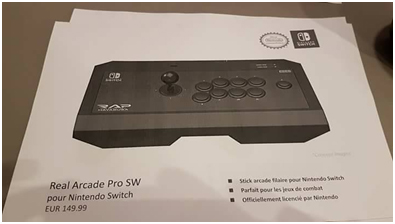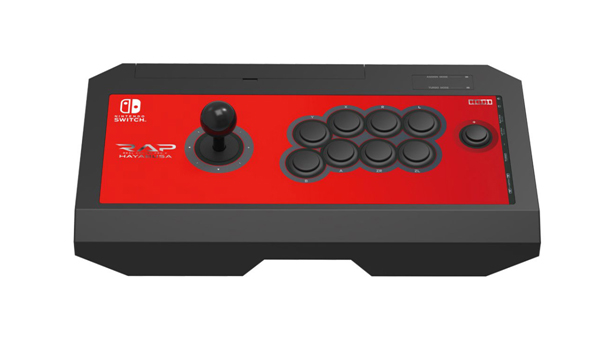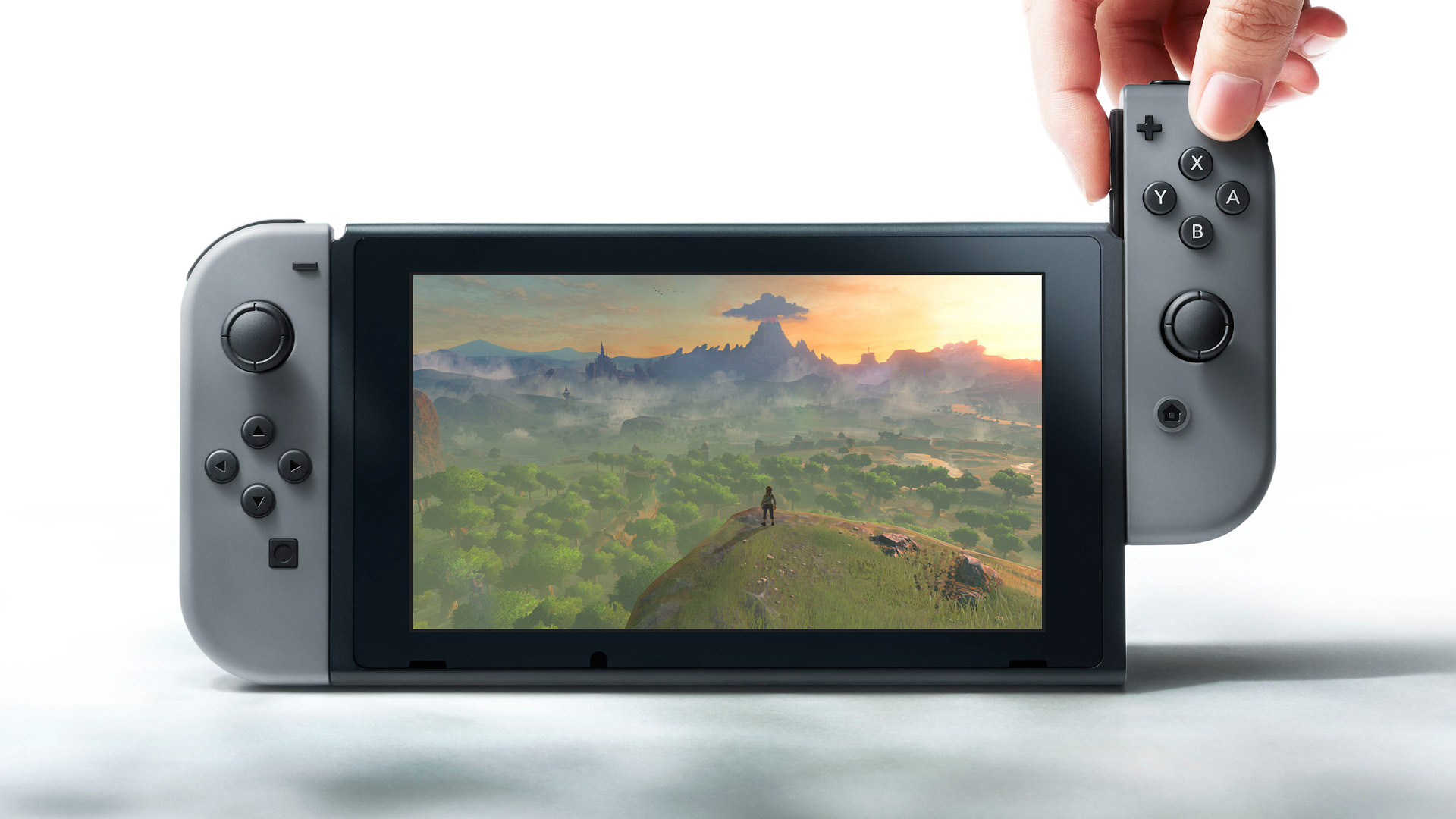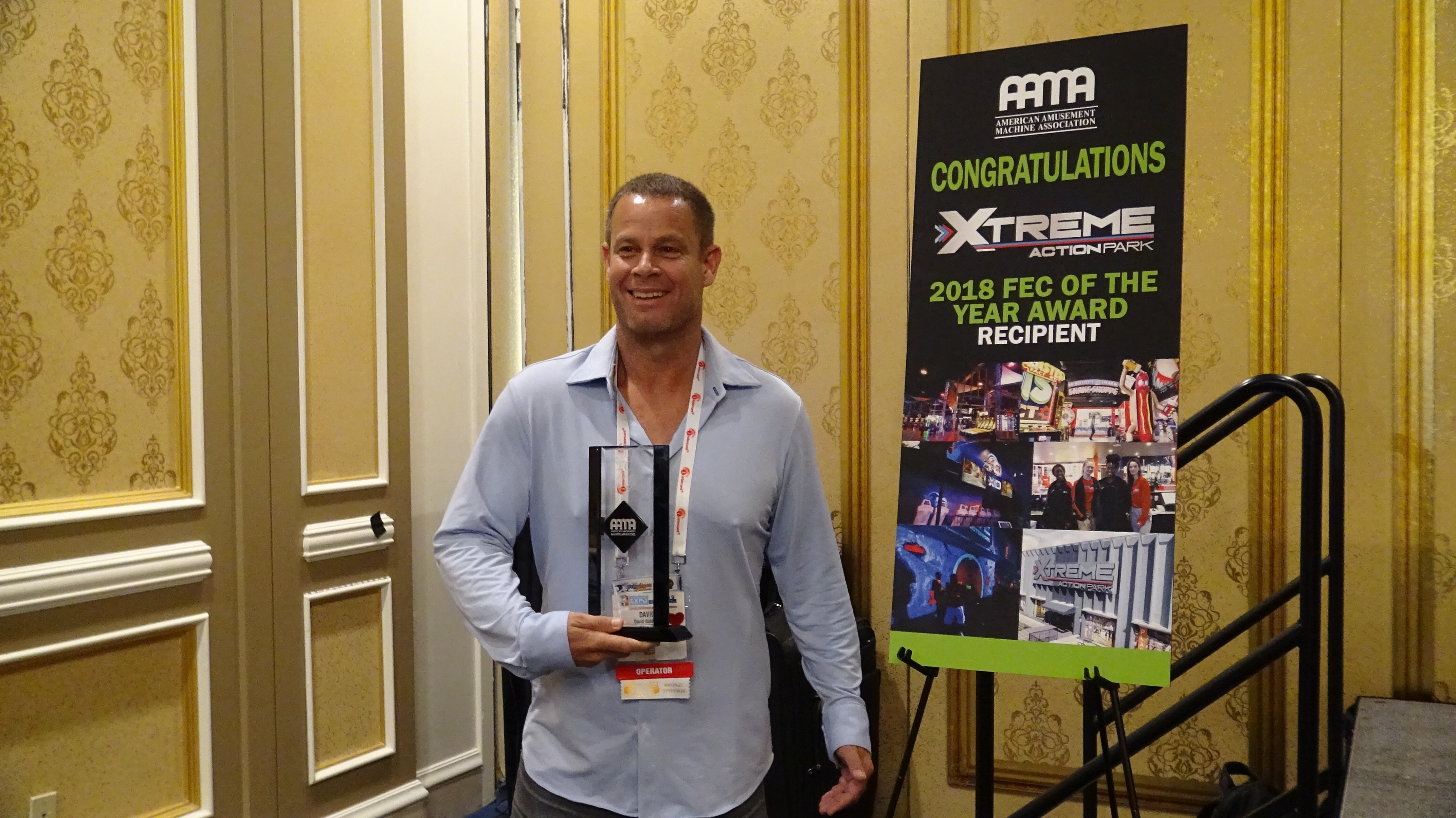The Nintendo Switch home console and portable gaming hybrid device has been on the market for little more than a week now. It was first announced by the late Satoru Iwata at a press conference in 2015, and it was first shown to the world on October 2016. The console was finally released this past March 3 on the main consumer market, where it was received with very positive comments, by both its target demographic, as well as the new fans that were joining Nintendo’s ranks with the release of the Switch. As far as worldwide releases are concerned, this launch was one of the biggest and most successful in the history of gaming; according to Reggie Fils-Aime -Nintendo of America CEO- the console has sold more in its first two days of launch than any other Nintendo console has. Similarly, in Europe, the Switch is also thriving, especially in Spain, where it has sold more than 45,000 units since its launch, which makes it the best release ever, topping Sony’s PlayStation 4 console, which sold only 37,000 units during its launch.
The economic success of the Switch’s launch came as a pleasant surprise to more than a few concerned parties, considering that Nintendo’s stocks have been steadily declining ever since its reveal in 2016 and its tech presentation in January 2017. The fact that the console only featured a handful of launch titles (including The Legend of Zelda: Breath of the Wild; its flagship title), didn’t help to bolster the audience’s expectations towards the console as well. However, regardless of the forces working against the console, the launch was a huge success, with several games releasing shortly, and an ever-growing list of titles to be launched in the following months.
For those that aren’t familiar with the console yet, we’ll do our best to briefly describe just what the Switch is all about. First off, it’s called a “hybrid” console due to its 3 play modes, TV mode, tabletop mode, and handheld or portable mode. The first is achieved by setting the Switch on its dock, which is connected to an HDTV via HDMI. As soon as the console is set on its dock, the feed is immediately transferred to the TV, and the player can continue gaming by detaching the Joy-Cons and operating the console just like any other. The tabletop mode makes use of the Switch’s kickstand, which can be used to prop the console on a table, and use it as a miniature TV (the Switch’s screen is only 6.2”, so you might need to get a bit close) while operating the game via the detached Joy-Cons. Tabletop mode is perfect for those occasions when you want to play multiplayer or co-op, but don’t have a TV nearby. Lastly, portable mode controls just like any other handheld console; by attaching the Joy-Cons to the sides, the Switch can be held like any other portable console, and operated as such.

On top of its 3 modes of operations, the Nintendo Switch also has a decent lineup of first-party accessories and peripherals, which can be purchased to improve the console’s usability. Case in point, the Wireless Pro Controller for the Switch boasts a design similar to a classic controller, such as the Wii’s Classic Controller, or the Wii U’s Pro Controller. On the subject of third-party peripheral support, Tatsumi Kimishima -President of Nintendo- commented that the Switch presents an “ecosystem for devices” where the console itself is the key element. A few peripherals that are on the way include a stand to charge the Joy-Cons via USB cable, a steering wheel for use with the Joy-Cons, and additional docks for those who need a replacement or want more than one.
Now, besides the console itself which, by the way, looks glorious, the part that really interests us here at PrimeTime Amusements is Nintendo’s collaboration with Hori, a third-party developer of gaming peripherals and accessories and current holder of the official license to manufacture peripherals for the Switch. In a post on NeoGAF’s forums in January, several images of Hori’s official licensed Switch peripherals were leaked. The images have since been removed, along with any information pertaining to them, but those who were quick to the scoop could see that, among the lineup of peripherals, there were car chargers, screen protectors and, interestingly enough, a fight stick.

As of March, the peripheral in question has since been confirmed by Hori and was dubbed the Real Arcade Pro V Hayabusa. The accessory consists of an arcade stick made out of gray plastic with a matte finish and featuring a red panel on its center, upon which rests a joystick, 8 action buttons, and a single home button. On the leftmost corner is the Switch’s logo, which marks this device as an officially licensed product, instead of the knock-off it was rumored to be since the images first leaked earlier this year.

As a developer of peripherals and accessories, Hori is lauded for the top quality and performance demonstrated in each of its products, and we have no reason to suspect the Real Arcade Pro to be any different. But now that the fight stick is definitely coming to the Switch, we can only ponder about which fighting game franchises will be coming to the console in question. Ultra Street Fighter 2: The Final Challengers is one of the most high-profile titles in this genre that is coming to the Switch. However, King of Fighters, Tekken, Mortal Kombat, and Marvel Vs. Capcom are all franchises that also come to mind when speculating about upcoming fighting games, but we really can’t be sure until Nintendo releases an official statement on the matter. Nevertheless, the prospect of being able to play our favorite fighting games on the Switch, using the legacy controls of the platform which made them famous in the first place (arcade), should be enough incentive to keep on top of the latest news of the console.
Here at PrimeTime Amusements, we like to keep on top of the latest news and happenings in the world of arcade gaming. If you’re looking for an amusement in particular, or want to place a query with our team of agents, feel free to give us a call at 1.800.550.0090. Alternatively, you can also pay us a visit at our warehouse, which is located at 5300 Powerline Rd. Suite 210, Ft. Lauderdale, Florida, 33309.





